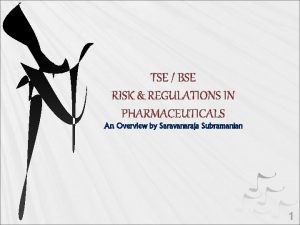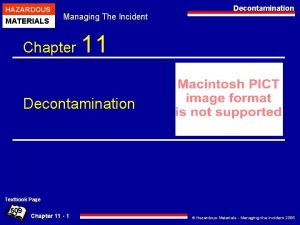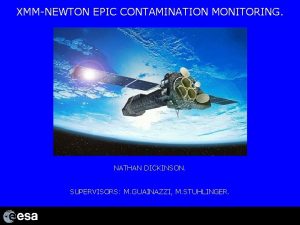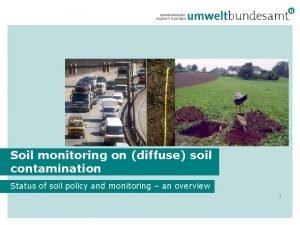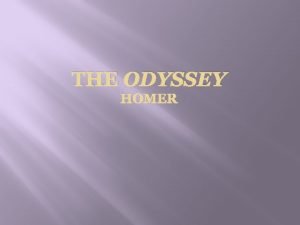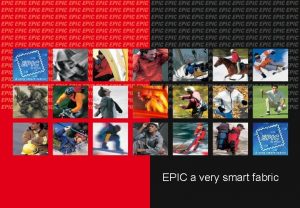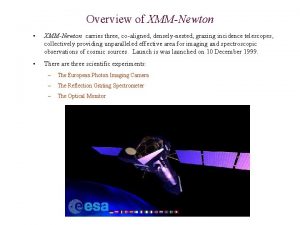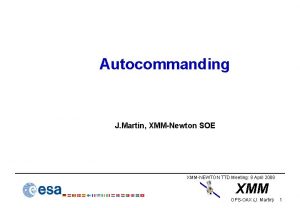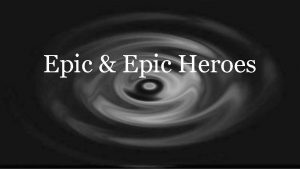XMMNEWTON EPIC CONTAMINATION MONITORING NATHAN DICKINSON SUPERVISORS M


















- Slides: 18

XMM-NEWTON EPIC CONTAMINATION MONITORING. NATHAN DICKINSON. SUPERVISORS: M. GUAINAZZI, M. STUHLINGER.

Outline. • What is XMM Newton? • Why study this contamination? • Explanation of terminology. • Investigation method. • Current progress. • Further work. • Questions? XMM-Newton EPIC Contamination Monitoring. Nathan Dickinson.

What is XMM Newton? • X-ray observatory, launched in 1999. • 7 m telescope. • Optical/UV Monitor. • 3 X-ray telescopes. • European Photon Imaging Cameras (2 MOS, 1 PN). • Reflection Grating Spectrometer. XMM-Newton EPIC Contamination Monitoring. Nathan Dickinson.

Why study this? The presence of a contaminant introduces absorption into observations. This would make any scientific analysis of an observation’s data less accurate and reliable. A quantitative study of contamination effects would allow one to model the contamination present (if any). This model can then be included in calibration. XMM-Newton EPIC Contamination Monitoring. Nathan Dickinson.

Terminology. Reduced X 2 (pronounced “reduced chi squared”): • Describes how well a numerical model represents an observed data set -> it is the ‘difference’ between the model and data. • Reduced X 2 =1: the model represents the data (a ‘good fit’). • Reduced X 2 >> 1: the model poorly represents the data (a ‘poor fit’). • Reduced X 2 << 1: the errors of the data are large, thus the quality of the fit is hard to determine. XMM-Newton EPIC Contamination Monitoring. Nathan Dickinson.

2 2=1. 25 Hot, Absorbed diffuse gas blackbody; emission: reduced. XX =1200. 6 XMM-Newton EPIC Contamination Monitoring. Nathan Dickinson.

Response matrix: • A spectrometer does not actually obtain a spectrum of a source directly. Instead, the number of photons found in a certain channel are counted. • This count of photons in energy channels is converted to energy using a file that charaterises the detector’s response: the ‘response matrix. ’ XMM-Newton EPIC Contamination Monitoring. Nathan Dickinson.

Neutron star: • The very dense remains of a collapsed high mass star. • Small radius (~10 km), with a mass of 1. 4 -3 M and a high magnetic field ~1010 -1012 G. • Often found in X-ray binary systems, and can be found to ‘pulse’ periodically when accreting material. • When isolated (as in the case of RXJ 1856. 63754), these stars are ‘constant’ sources, making them good calibration targets. XMM-Newton EPIC Contamination Monitoring. Nathan Dickinson.

Investigation method. Two main parts: i) Characterise the evolution of the contamination (if present). ii) Determine the physical thickness of the contaminant(s), or their upper limits. XMM-Newton EPIC Contamination Monitoring. Nathan Dickinson.

Part I: Characterise the evolution of the contamination (if present). Treating each EPIC camera (MOS 1, MOS 2, PN), each observation of RXJ 1856. 6 -3754 was fit with a reference model (an absorbed blackbody). The fluxes in the 0. 15 -0. 33 ke. V, 0. 33 -0. 54 ke. V and 0. 54 -0. 85 ke. V band were found for each observation, and their evolution plotted. These values were chosen since there are C, N and O absorption edges at 0. 282 ke. V, 0. 397 ke. V and 0. 533 ke. V respectively. The ratio between each spectrum and the first was found, to be fit with absorption edges. The evolution in the optical depth of these edges is to be studied. XMM-Newton EPIC Contamination Monitoring. Nathan Dickinson.

Part 2: Characterise the evolution of the contamination (if present). Introduce ‘fake’ contamination into each detector’s effective area files, then generate a response matrix from this ‘fake’ file. Using XSPEC and these response matrices, a fake data set containing forced contamination can be generated. XMM-Newton EPIC Contamination Monitoring. Nathan Dickinson.

Make ratio files as before, and find the X 2 values of each absorption edge. These absorption depths can then be converted to physical thicknesses. Make iso-X 2 plots for the C, N and N, O containment thickness pairs. Create historic lightcurves using the confidence limits found from these plots. XMM-Newton EPIC Contamination Monitoring. Nathan Dickinson.

Current progress. • Evolution of fluxes plotted: XMM-Newton EPIC Contamination Monitoring. Nathan Dickinson.

• Ratio files made using FTools. PROBLEM: The response matrices are dependent on exposure time. When using the response matrix from one of the ratio’s observations, the energy redistribution was incorrect. Thus, when taking the ratio of the spectra, neither of the spectra’s response matrices can be used during the fitting process. XMM-Newton EPIC Contamination Monitoring. Nathan Dickinson.

SOLUTIONS: • Generate response matrix using FTools: This did not work as the generated matrix did not contain the full redistribution information needed by XSpec. • Write own fitting program in IDL: - IDL has a fitting function (‘curvefit’). This did not work since the function curvefit uses can not contain ‘IF’ statements: these are required. - Attempts were made to write X 2 minimising program; these are yet to produce reliable results. XMM-Newton EPIC Contamination Monitoring. Nathan Dickinson.

Further work. • Fit spectra ratios. • Generate ‘contaminated data. ’ • Calculate thickness of any contaminants present. • Generate ‘contamination history. ’ XMM-Newton EPIC Contamination Monitoring. Nathan Dickinson.

Summary. • XMM Newton is an X-ray observatory. • Contamination of the instruments needs to be characterised to facilitate better calibration. • The extent of the contamination is being found both by producing a ‘contamination history’ and by introducing contamination into the calibration files and noting the system’s response. • A flux history has been found, and for the EPN instrument it is fairly constant. The EMOS observations suffer from damaged CCD’s, making this method less reliable. • As yet, the fitting of the ratio files is proving difficult, and needs attention. XMM-Newton EPIC Contamination Monitoring. Nathan Dickinson.

QUESTIONS ? XMM-Newton EPIC Contamination Monitoring. Nathan Dickinson.
 Tse bse meaning
Tse bse meaning 4 types of decontamination hazmat
4 types of decontamination hazmat Nathan dickinson
Nathan dickinson Food contamination monitoring system
Food contamination monitoring system Soil contamination monitoring
Soil contamination monitoring What makes an epic an epic
What makes an epic an epic Homer's first epic poem
Homer's first epic poem Weights of the backpacks of first graders on a school bus.
Weights of the backpacks of first graders on a school bus. Situational frontline leadership
Situational frontline leadership Pa state association of township supervisors
Pa state association of township supervisors Ergonomics awareness training for supervisors
Ergonomics awareness training for supervisors Trinity county board of supervisors meeting
Trinity county board of supervisors meeting Danger zones for supervisors
Danger zones for supervisors Tdasc
Tdasc Gp supervisors australia
Gp supervisors australia Ergonomics awareness training for supervisors
Ergonomics awareness training for supervisors Bath county board of supervisors
Bath county board of supervisors Eeo compliance training for managers and supervisors
Eeo compliance training for managers and supervisors Eeo compliance training
Eeo compliance training
